- FREE HOME INSPECTION
- 24 HOUR EM SERVICE
- 20 ELECTRICIANS - 10 TRUCKS
- FIRE INSPECTIONS
- FULLY LICENSED, INSURED & BONDED
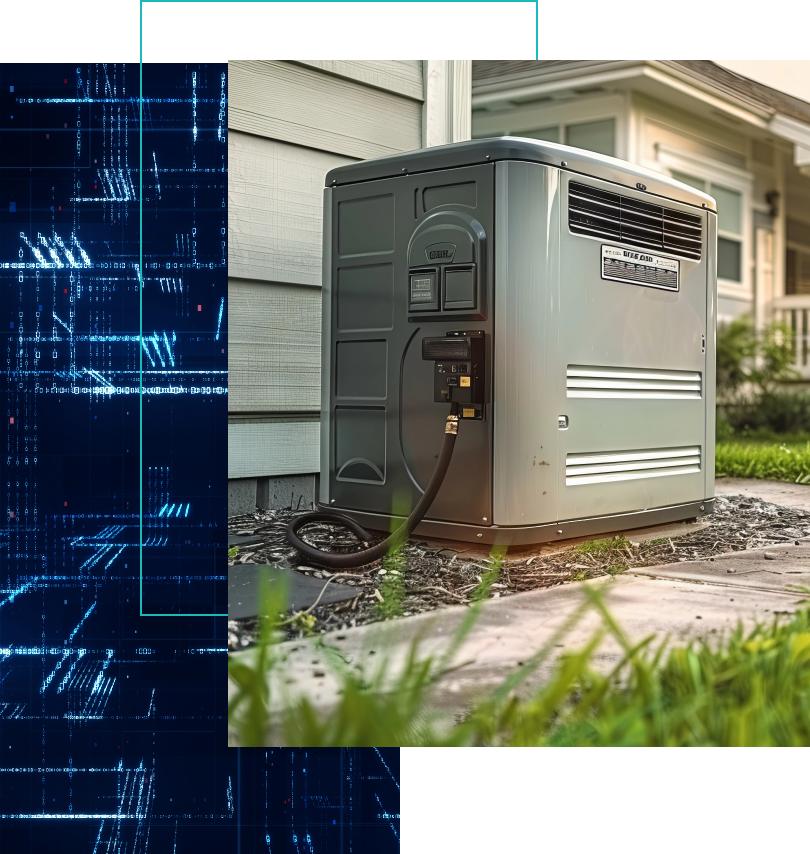
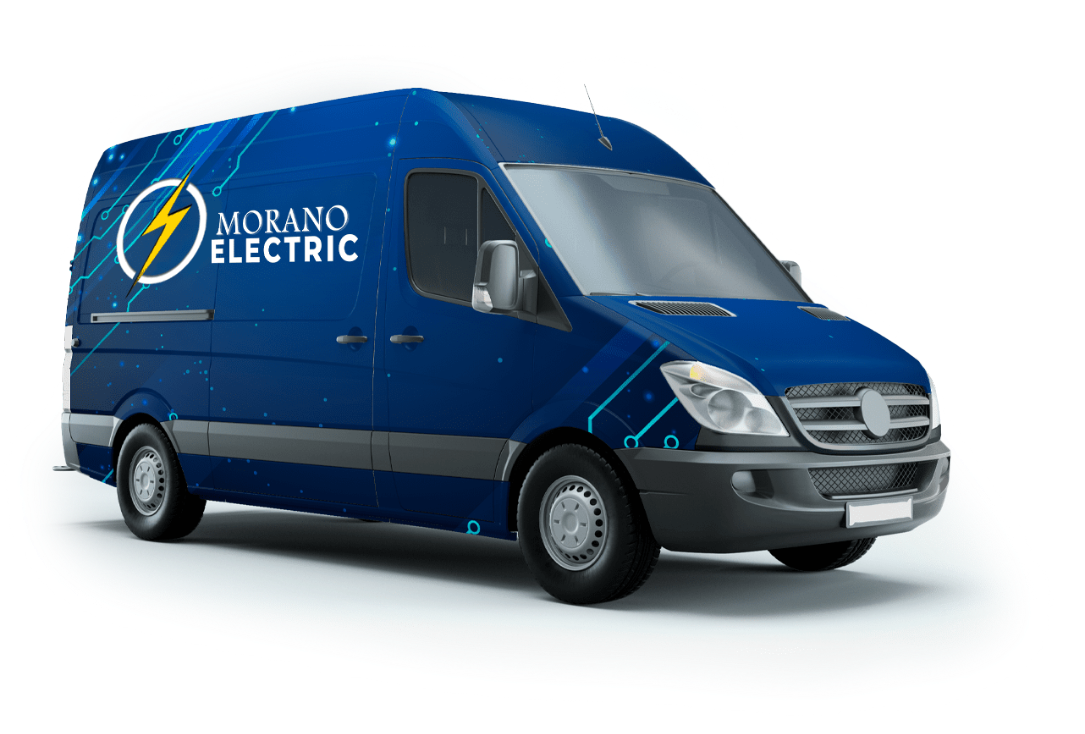
Generec installs
Generec installs - Reliable Home, Commercial and Industrial Permanent Backup Power Solutions (Solar, Natural Gas, Propane, Electrical and Desal)
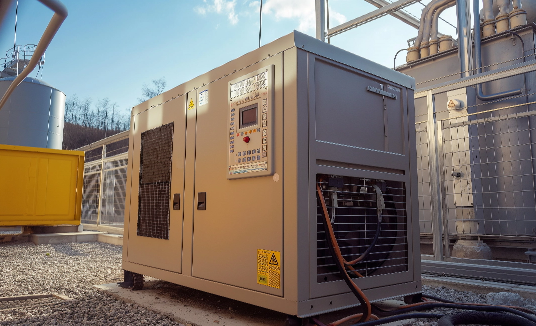
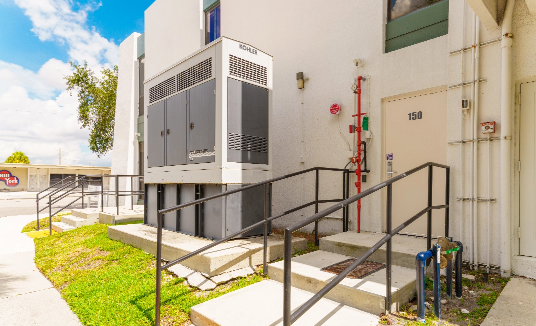
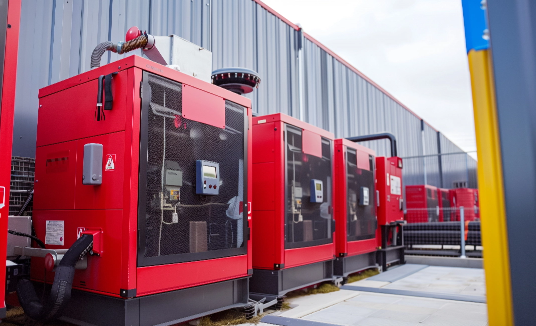
Installing a Generac generator involves several steps to ensure a safe and proper setup for backup power in your home. Here is a general overview of the installation process for a Generac generator:
- Site Assessment: The first step is to assess the site where the generator will be installed. Consider factors such as location, clearance requirements, proximity to the main electrical panel, and fuel source availability. Ensure that the chosen location meets all safety and code requirements.
- Permitting and Compliance: Obtain any necessary permits and ensure compliance with local building codes and regulations for generator installation. This may involve submitting plans, scheduling inspections, and adhering to specific guidelines set forth by the authorities.
- Generator Selection: Choose the appropriate Generac generator model based on your power needs, fuel preference (natural gas, propane, or diesel), and features such as automatic transfer switch (ATS) compatibility, remote monitoring capabilities, and noise levels.
- Electrical Connection: Install the automatic transfer switch (ATS) near the main electrical panel to facilitate the automatic switching of power from the utility grid to the generator during a power outage. Ensure that the generator and ATS are connected correctly to the main electrical panel to provide backup power to essential circuits in your home.
- Fuel Source Connection: If your Generac generator runs on natural gas or propane, connect it to the appropriate fuel source following manufacturer specifications. Ensure that the fuel supply is sufficient to power the generator for an extended period during outages.
- Grounding and Wiring: Properly ground the generator and make sure that all wiring connections are secure and compliant with electrical codes. Test the electrical connections to ensure that the generator functions as intended and provides backup power when needed.
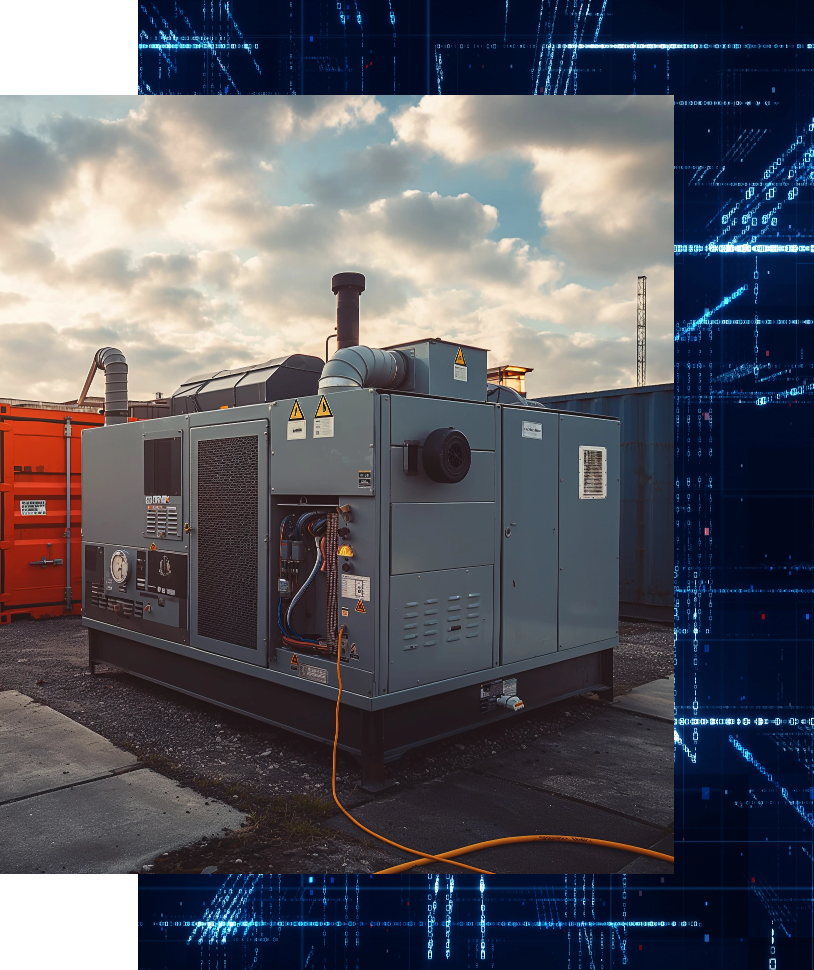

- Start-Up and Testing: Once the generator is installed and connected, perform a start-up test to verify that it starts, runs smoothly, and transfers power to the home's electrical system effectively during a simulated power outage. Test the automatic transfer switch and ensure that all essential circuits receive power from the generator.
- Maintenance and Monitoring: Establish a maintenance schedule for the Generac generator to ensure its continued reliability and performance. Consider remote monitoring options to track the generator's status, receive alerts for maintenance needs or issues, and remotely control the system for added convenience.
It is recommended to hire a licensed electrician or Generac-certified installer to handle the installation of a Generac generator to ensure compliance with safety standards, manufacturer guidelines, and local regulations. They can guide you through the installation process, provide expert advice, and help you set up a reliable backup power solution for your home.

- 973 406 4111 Morris, Essex, Passaic, Sussex County Area's
- 551 244 1440 Bergen County and Hudson County Area's
- 732 397 9969 Middlesex and Monmouth Junction County Area's
- 908 315 0919 Elizabeth and Union County Area's
